A garage is transformed into music production studios in Kortrijk

The Belgian band, GOOSE, see their surroundings as an integral part of their music making. Their new headquarters, Safari Studios, designed by architect Steven Vandenborre, occupies a former garage building in the centre of the city of Kortrijk. Carefully restored and converted into a modern space for music production, this new multi-use interior now comprises three recording studios, a kitchen-living area, and an expansive ground floor dedicated to exhibitions and artistic performances.
The project emerged as a close collaboration between the musicians and the architect. Both inside and out, the design concept draws on the character of the original building – the industrial nature is preserved and elements from the former garage have been given new, unexpected functions. ‘We fell in love with the building immediately, and it was very important for us to keep its spirit instead of invading it. We wanted to explore its potential and create something very personal at the same time,' says Mickael Karkousse, the lead singer of the band. ‘The way the studios turned out is, I think, a good metaphor for who we are, and how we work, the four of us.'
The upper levels are where the band members – Mickael Karkousse, Dave Martijn, Tom Coghe, and Bert Libeert – work. Rendered in a muted colour palette, inspired by Bauhaus, the interior retains the original structure, while any new details and furniture are highlighted through the use of carefully composed contrasts. Light penetrates every space, and a large window overlooks the main recording studio from the kitchen.
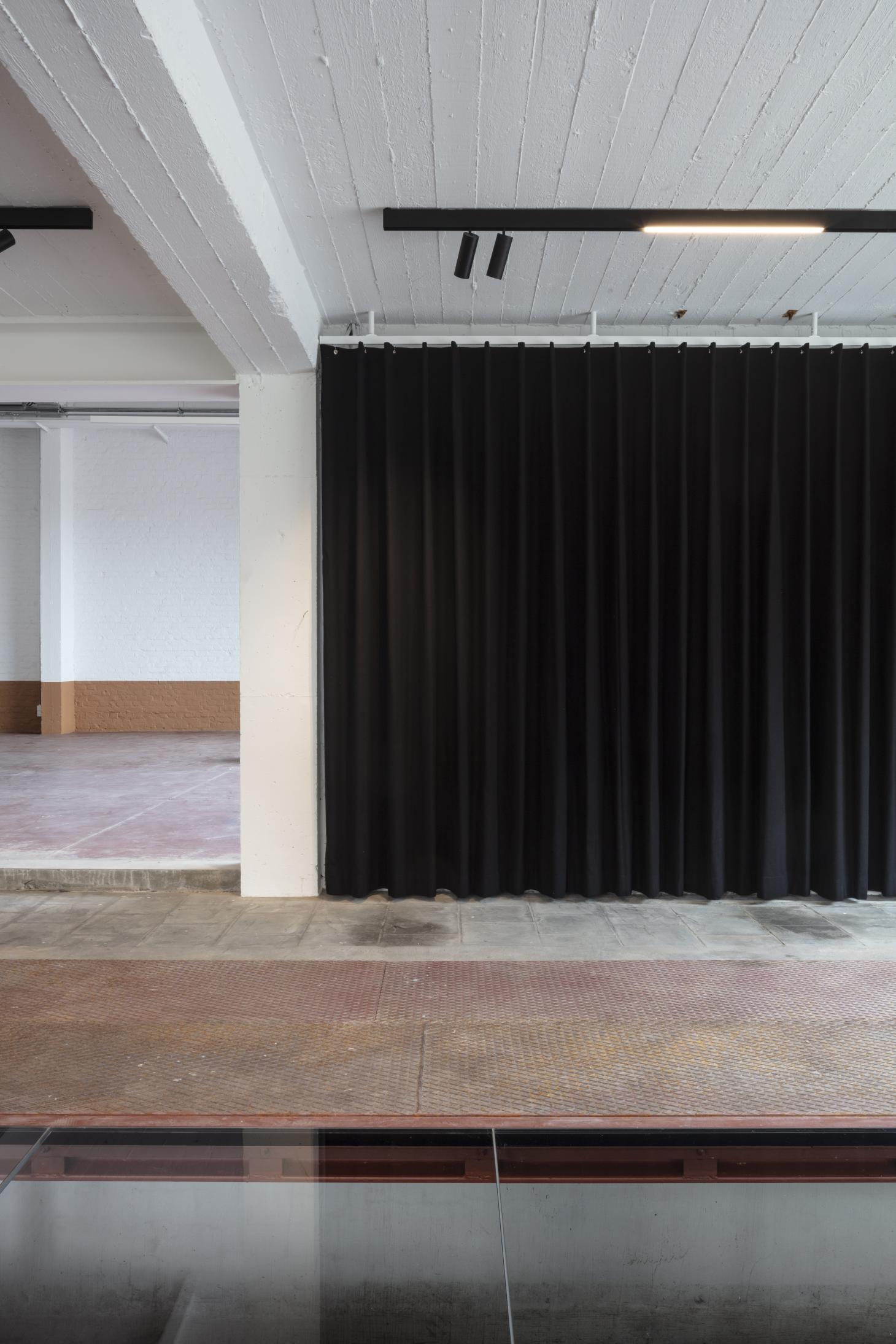
The project occupies a former garage building in the centre of Kortrijk.
There is something theatrical about the way the levels are composed, and Vandenborre refers to Lars von Trier’s film, Dogville, when talking about the organisation of the spaces and how they relate to one another. ‘We removed parts of the ceilings in some of the spaces, and although independent from one another, they remain interconnected and create something very abstract,' he explains.
There is appropriate distance between the workspaces and the exhibition area, but GOOSE sees no borders when it comes to creating. On the ground floor, a wide sliding glass door acts as a façade, and this space is seen as an ‘urban stage’. ‘One day, we will put a food truck here, and with the glass door open, there will be no distinction between the street and the interior,’ says Mickael. Here, the former garage is enclosed in glass, and acts as an expansion of the exhibition space.
Safari Studios seem to be the perfect home for the band’s impressive collection of musical instruments and technical equipment, which inhabit the new space so naturally. Known for their avant-garde sound, the four musicians have been deeply engaged with today's cross-pollinating cultural scene, and their new studios further express this philosophy. With its distinctive glass façade, Safari Studios is welcoming and open, hinting at all the exciting things about to happen there.
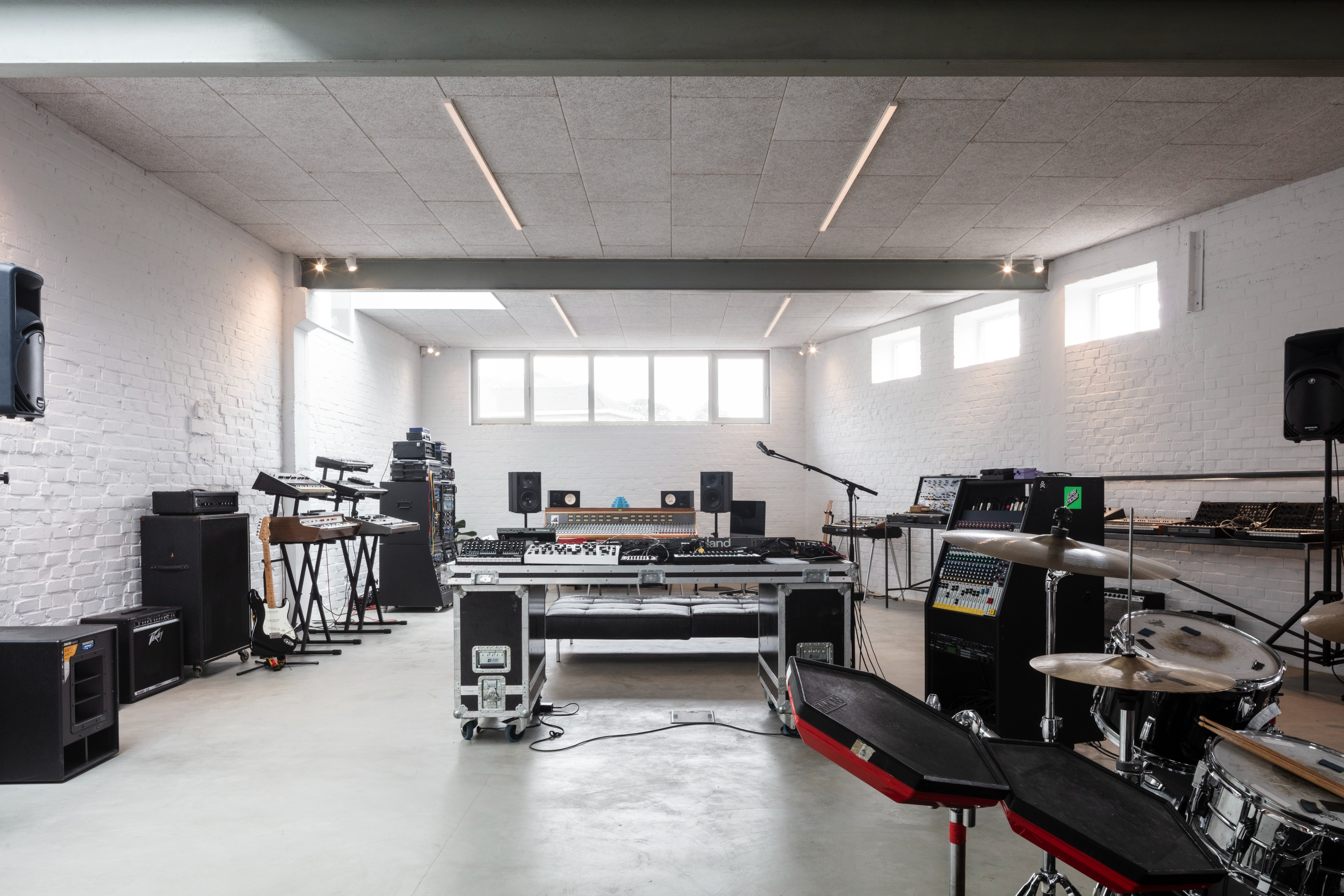
The architect carefully restored the existing structure into a multi-use space focusing on music production.
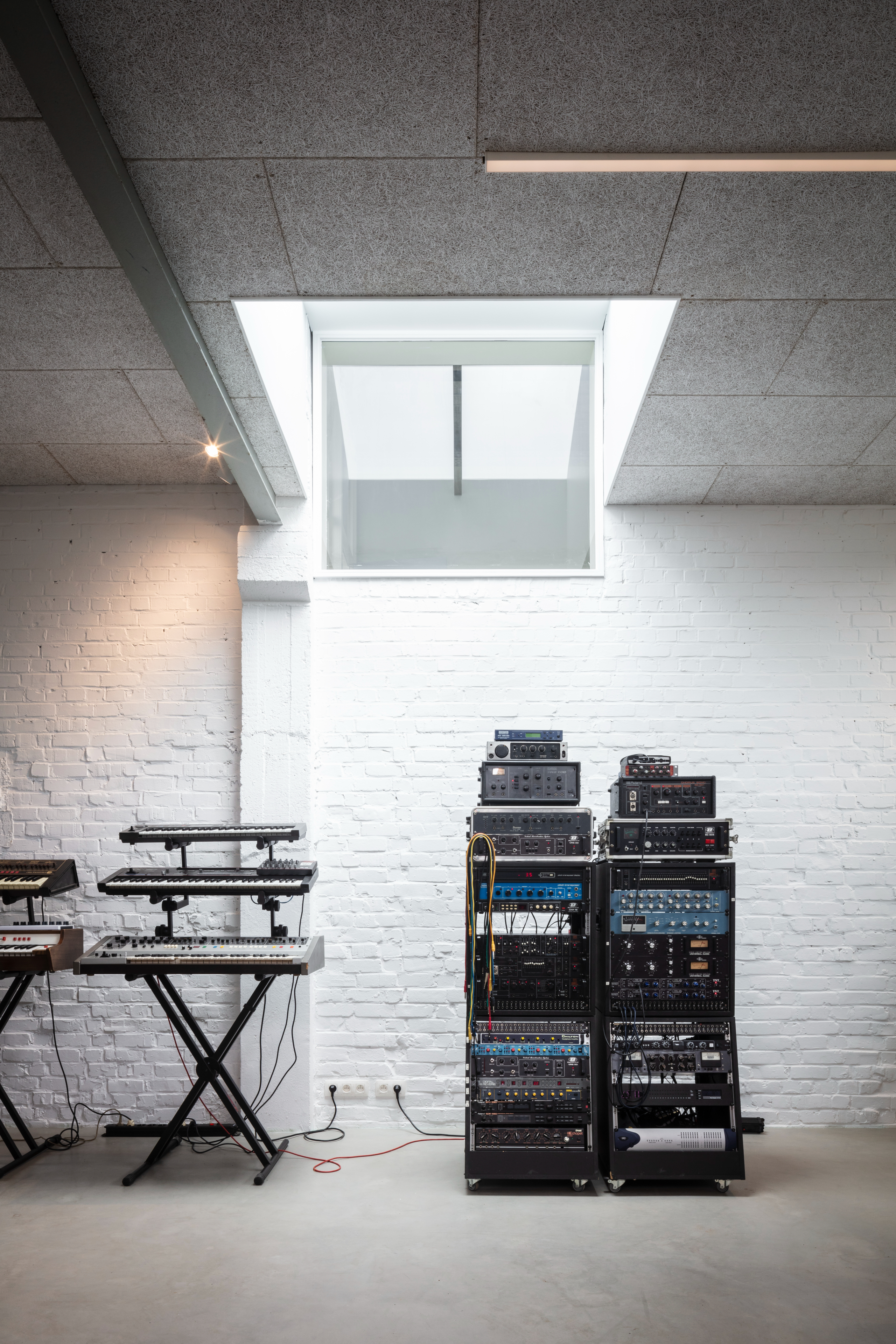
The architect worked in close collaboration with his musician clients during the design development.
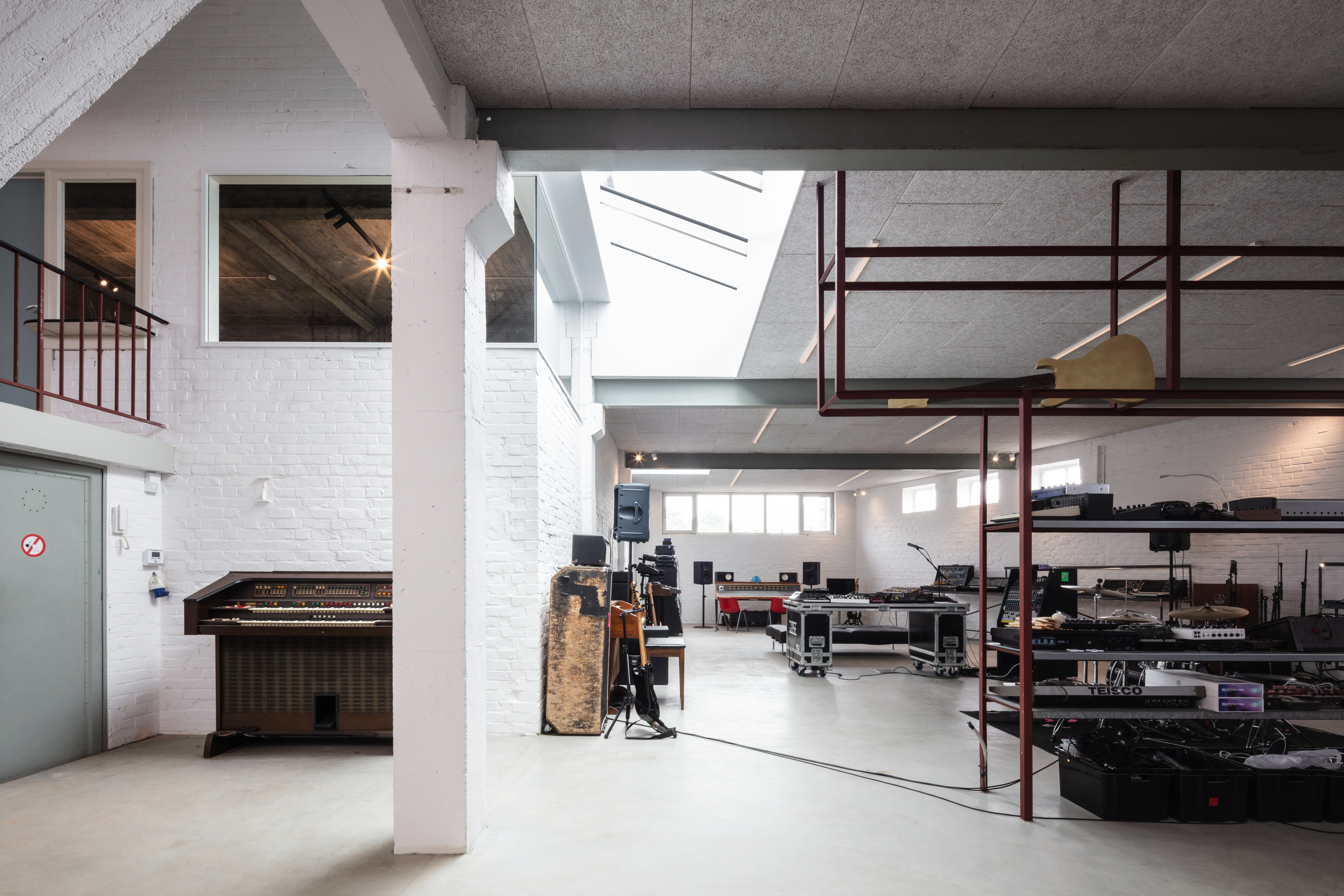
Safari Studios comprises three recording studios, a kitchen-living area...
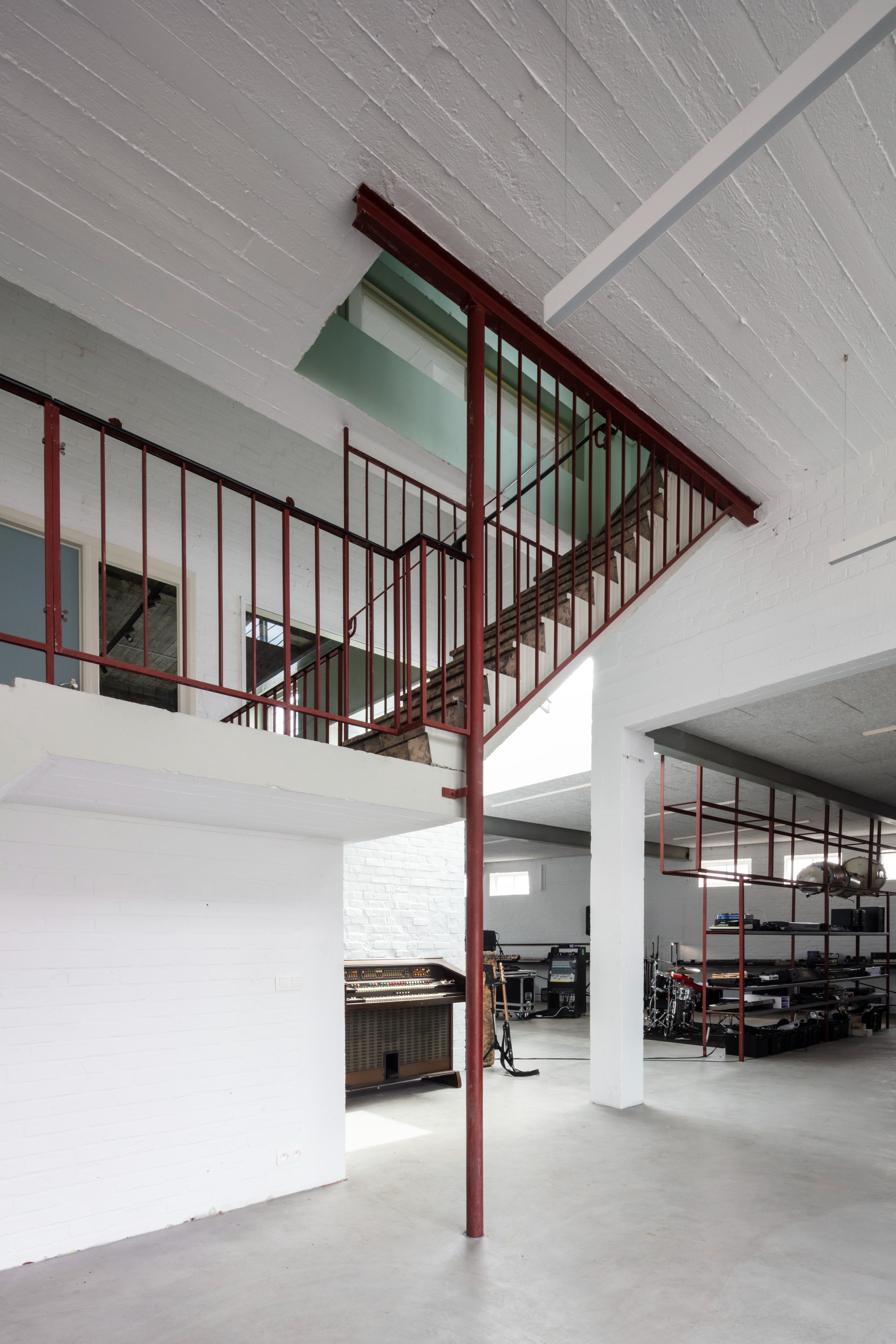
...and an expansive ground floor dedicated to exhibitions and artistic performances.
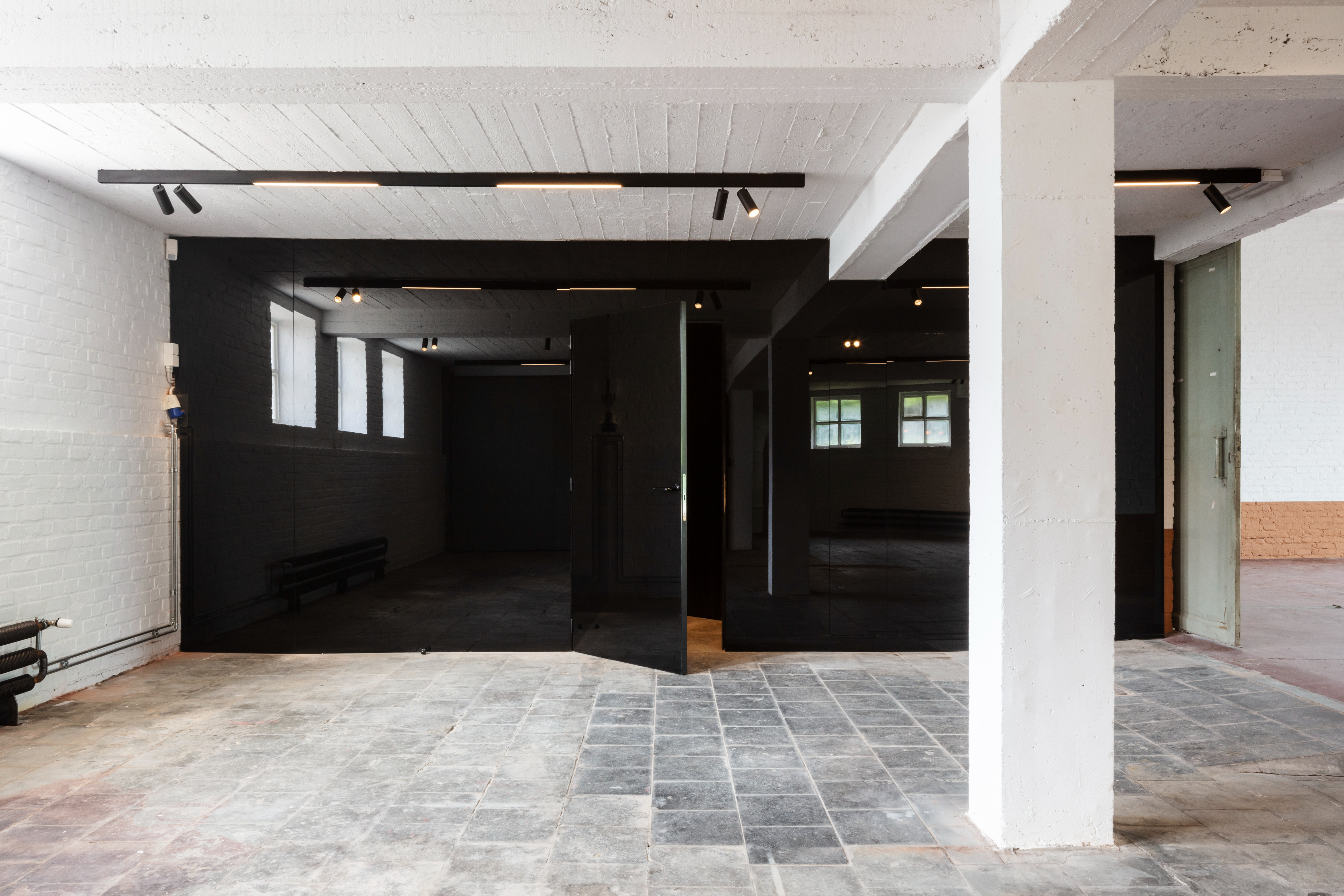
The space features a muted colour palette, inspired by the Bauhaus School.
Wallpaper* Newsletter
Receive our daily digest of inspiration, escapism and design stories from around the world direct to your inbox.
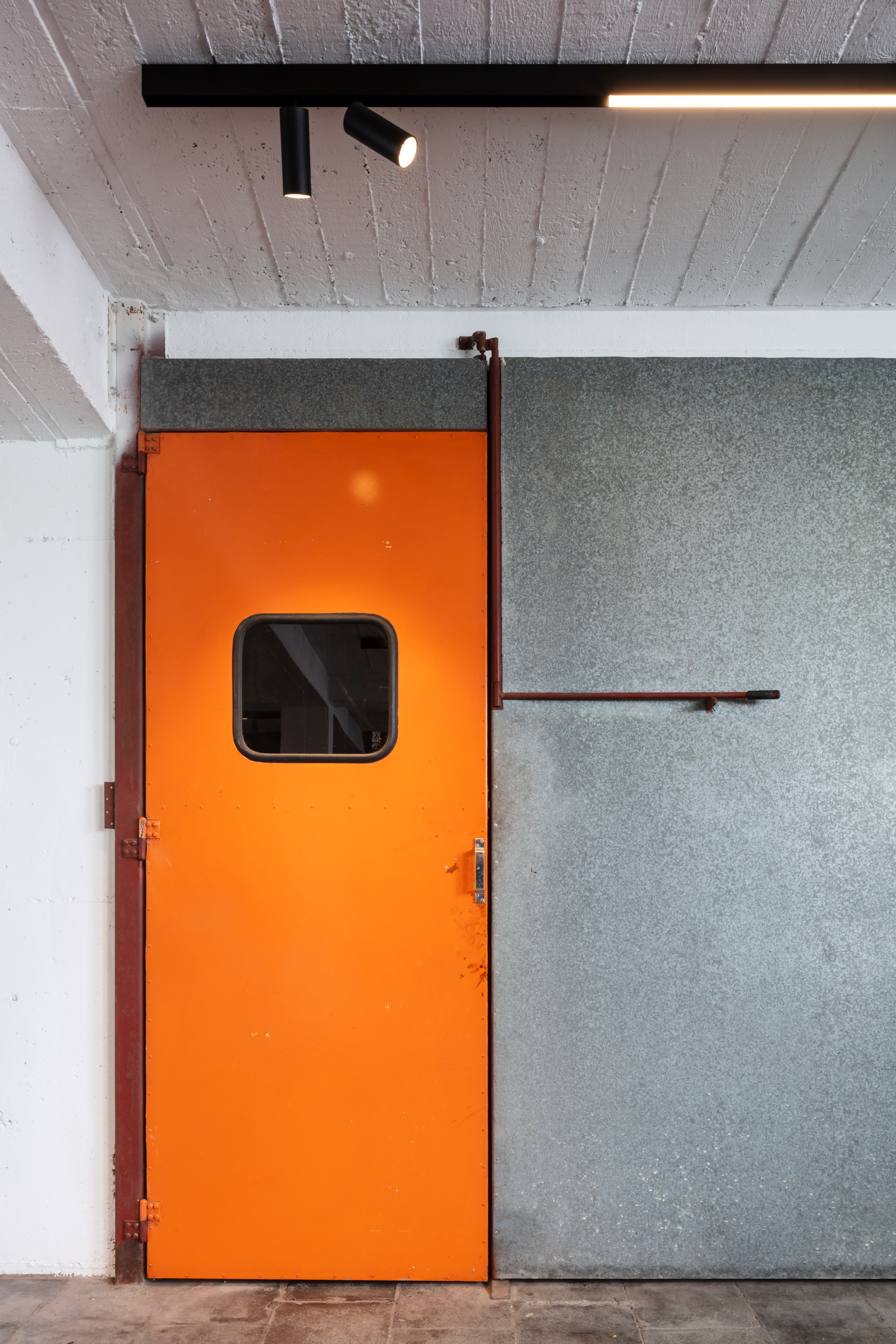
Meanwhile, the interior retains the original structure, as well as some details.
INFORMATION
For more information visit the website of Steven Vandenborre
-
 Marylebone restaurant Nina turns up the volume on Italian dining
Marylebone restaurant Nina turns up the volume on Italian diningAt Nina, don’t expect a view of the Amalfi Coast. Do expect pasta, leopard print and industrial chic
By Sofia de la Cruz
-
 Tour the wonderful homes of ‘Casa Mexicana’, an ode to residential architecture in Mexico
Tour the wonderful homes of ‘Casa Mexicana’, an ode to residential architecture in Mexico‘Casa Mexicana’ is a new book celebrating the country’s residential architecture, highlighting its influence across the world
By Ellie Stathaki
-
 Jonathan Anderson is heading to Dior Men
Jonathan Anderson is heading to Dior MenAfter months of speculation, it has been confirmed this morning that Jonathan Anderson, who left Loewe earlier this year, is the successor to Kim Jones at Dior Men
By Jack Moss
-
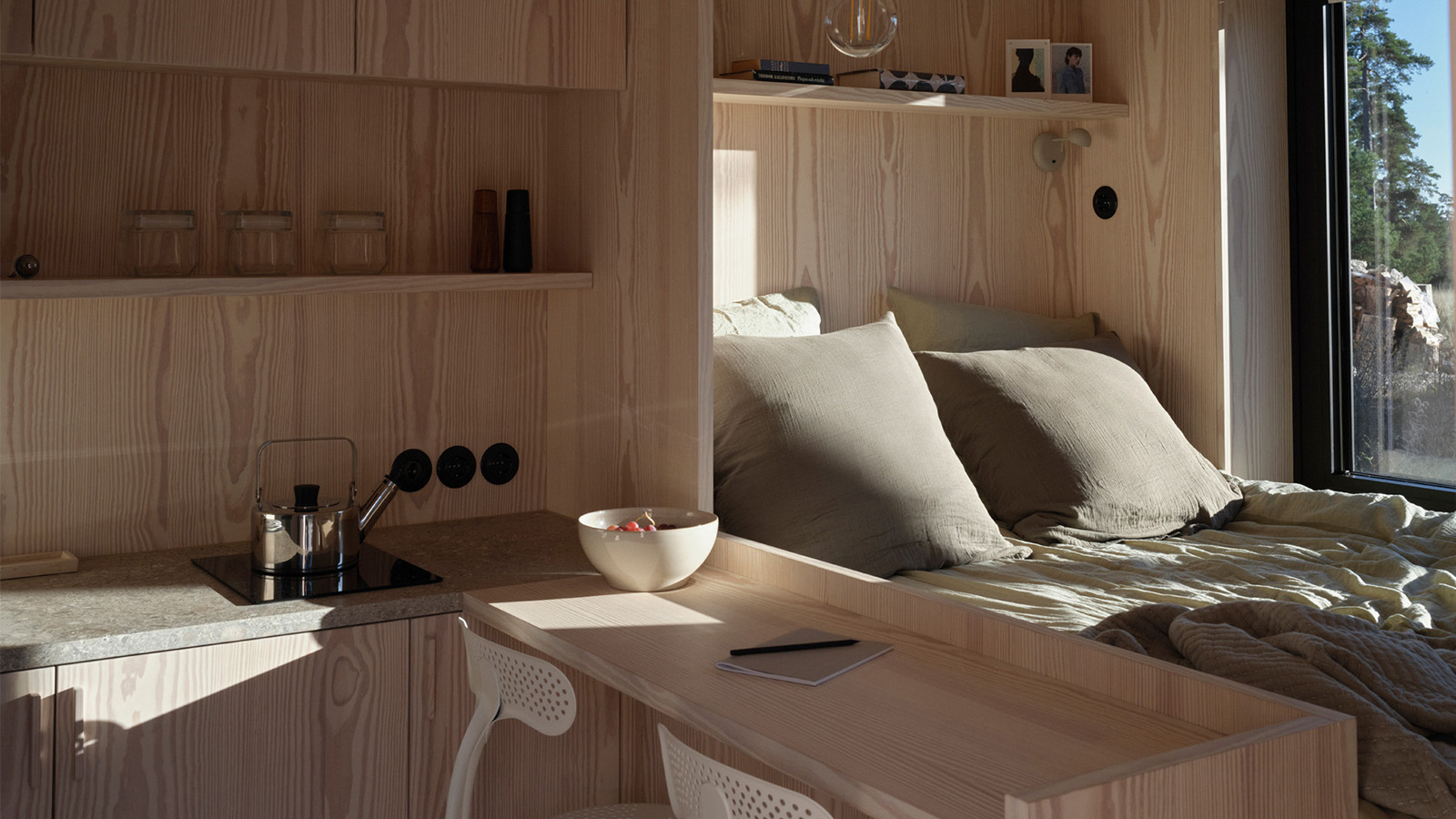 ‘Close to solitude, but with a neighbour’: Furu’s cabins in the woods are a tranquil escape
‘Close to solitude, but with a neighbour’: Furu’s cabins in the woods are a tranquil escapeTaking its name from the Swedish word for ‘pine tree’, creative project management studio Furu is growing against the grain
By Siska Lyssens
-
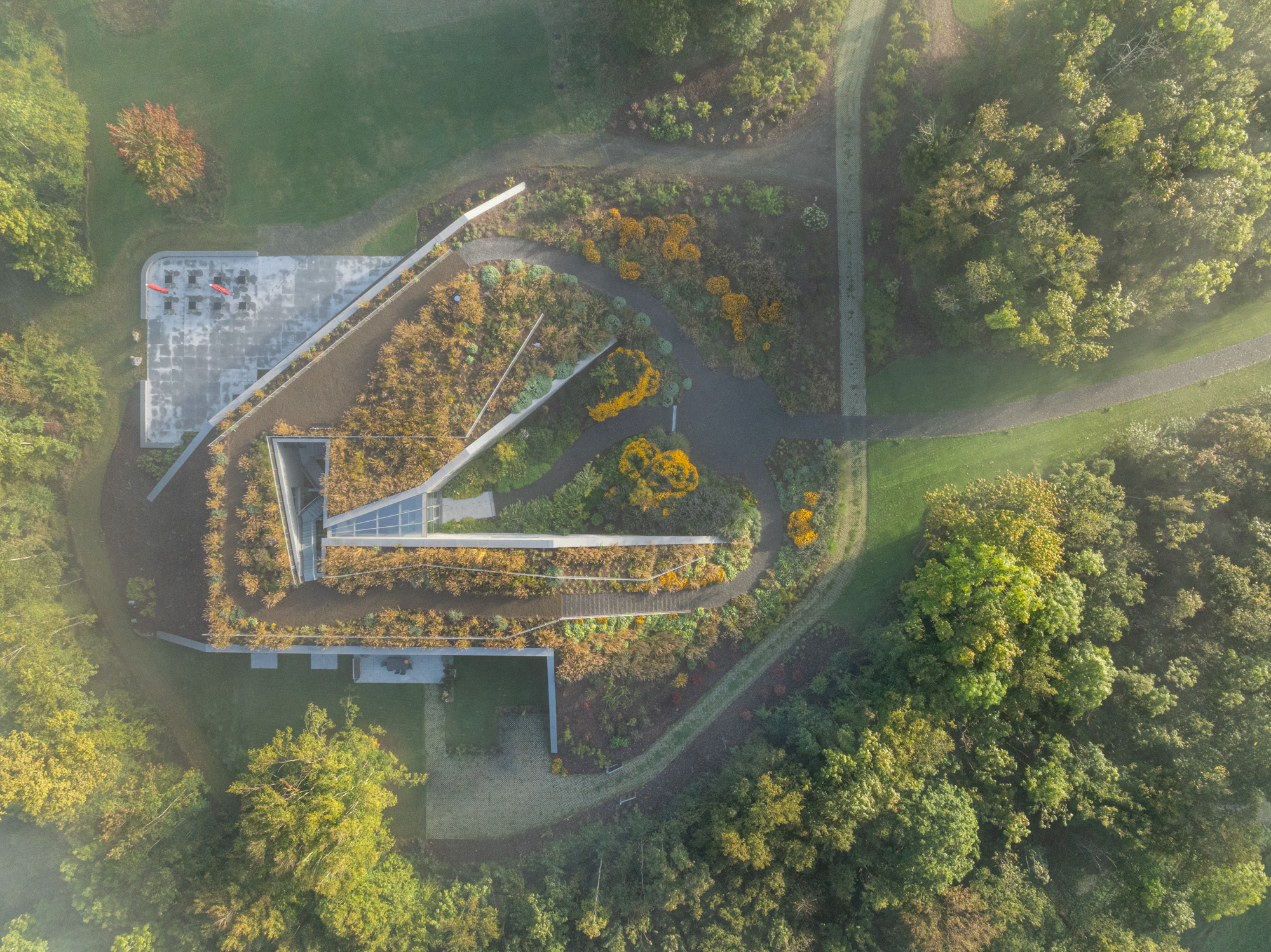 Tour Marche Arboretum, a new 'museum' of plants in Belgium
Tour Marche Arboretum, a new 'museum' of plants in BelgiumMarche Arboretum is a joyful new green space in Belgium, dedicated to nature and science – and a Wallpaper* Design Award 2025 winner
By Ellie Stathaki
-
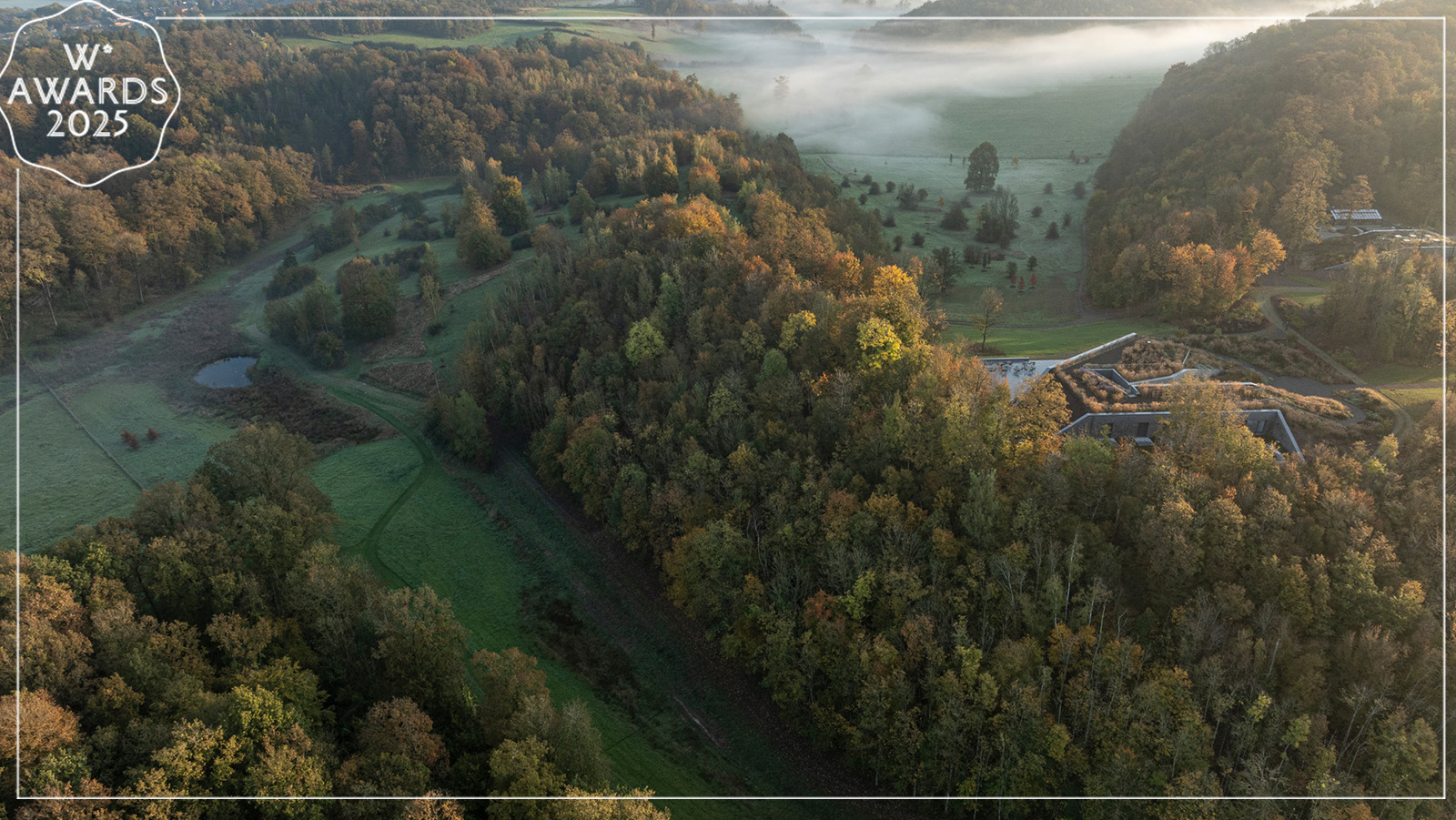 Wallpaper* Design Awards 2025: celebrating architectural projects that restore, rebalance and renew
Wallpaper* Design Awards 2025: celebrating architectural projects that restore, rebalance and renewAs we welcome 2025, the Wallpaper* Architecture Awards look back, and to the future, on how our attitudes change; and celebrate how nature, wellbeing and sustainability take centre stage
By Ellie Stathaki
-
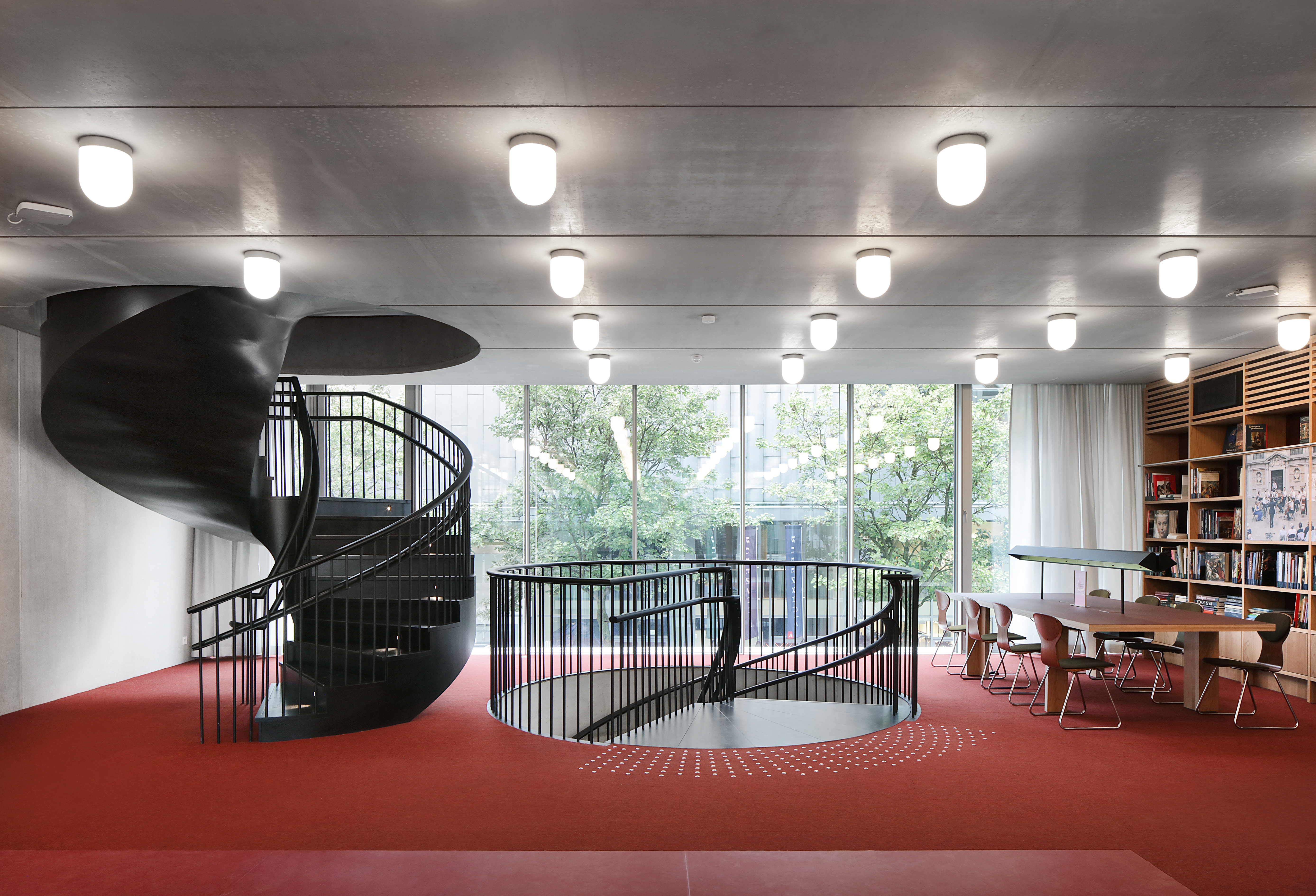 Step through Rubenshuis’ new architectural gateway to the world of the Flemish painter
Step through Rubenshuis’ new architectural gateway to the world of the Flemish painterArchitects Robbrecht en Daem’s new building at Rubenshuis, Antwerp, frames Rubens’ private universe, weaving a modern library and offices into the master’s historic axis of art and nature
By Tim Abrahams
-
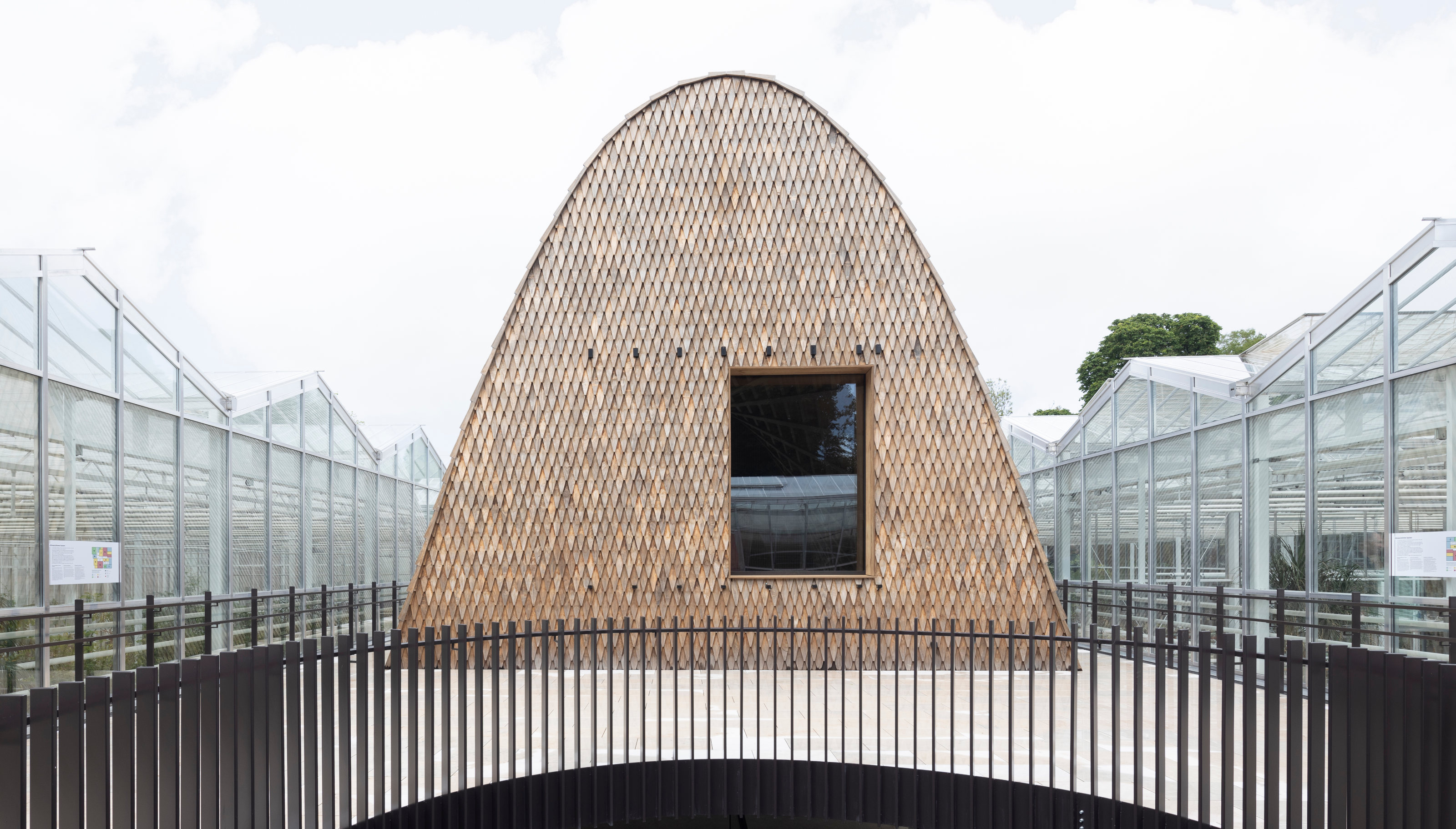 Green Ark, a new garden pavilion from modified softwood, is conceived for plant conservation
Green Ark, a new garden pavilion from modified softwood, is conceived for plant conservationThe Green Ark, set in the heart of Belgium's Meise Botanic Garden, is an ultra-sustainable visitor pavilion by NU Architectuur Atelier
By Jonathan Bell
-
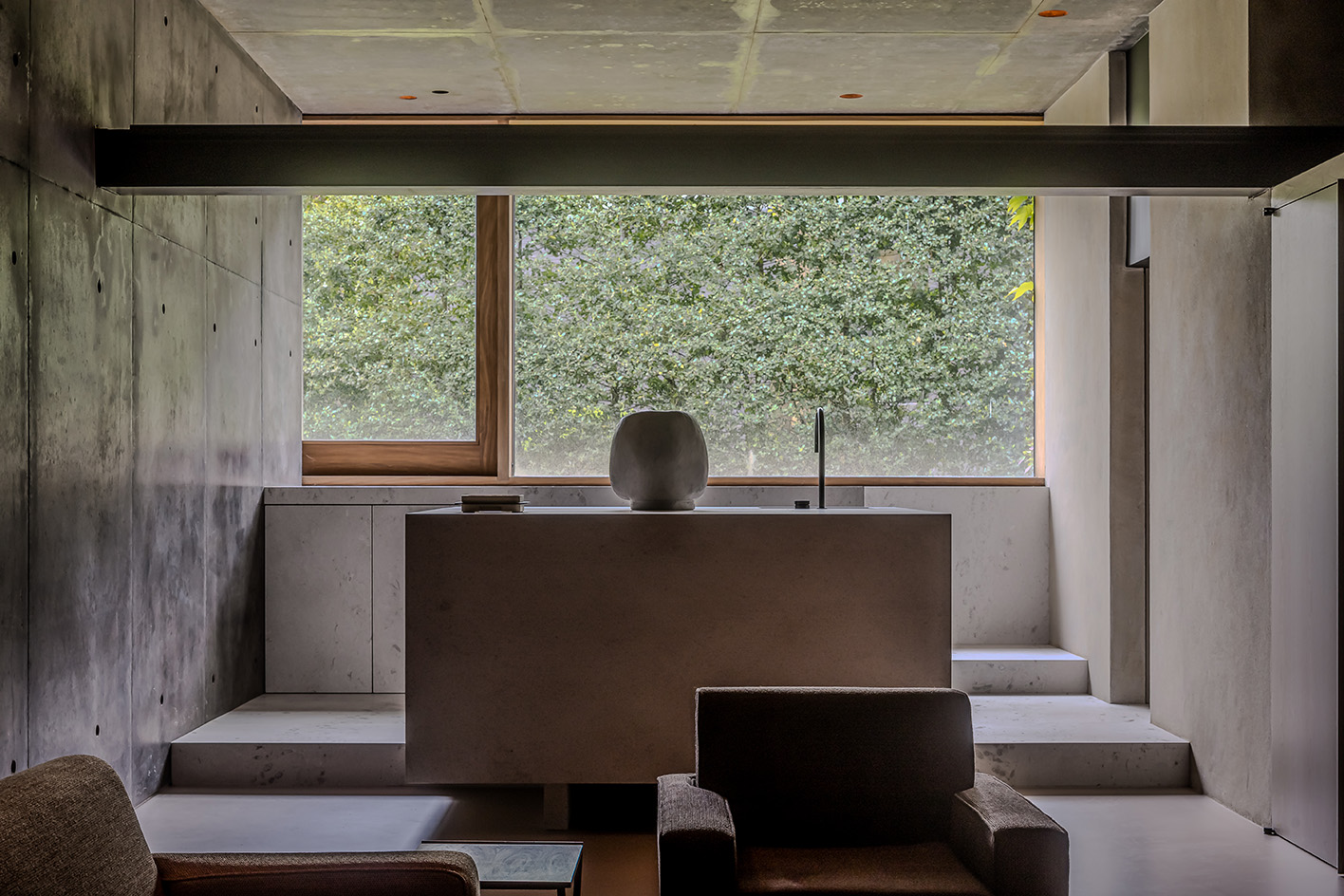 Residence Norah is a modernist Belgian villa transformed to its owner’s needs
Residence Norah is a modernist Belgian villa transformed to its owner’s needsResidence Norah by Glenn Sestig in Belgium’s Deurle transforms an existing gallery space into a flexible private meeting area that perfectly responds to its owner’s requirements
By Ellie Stathaki
-
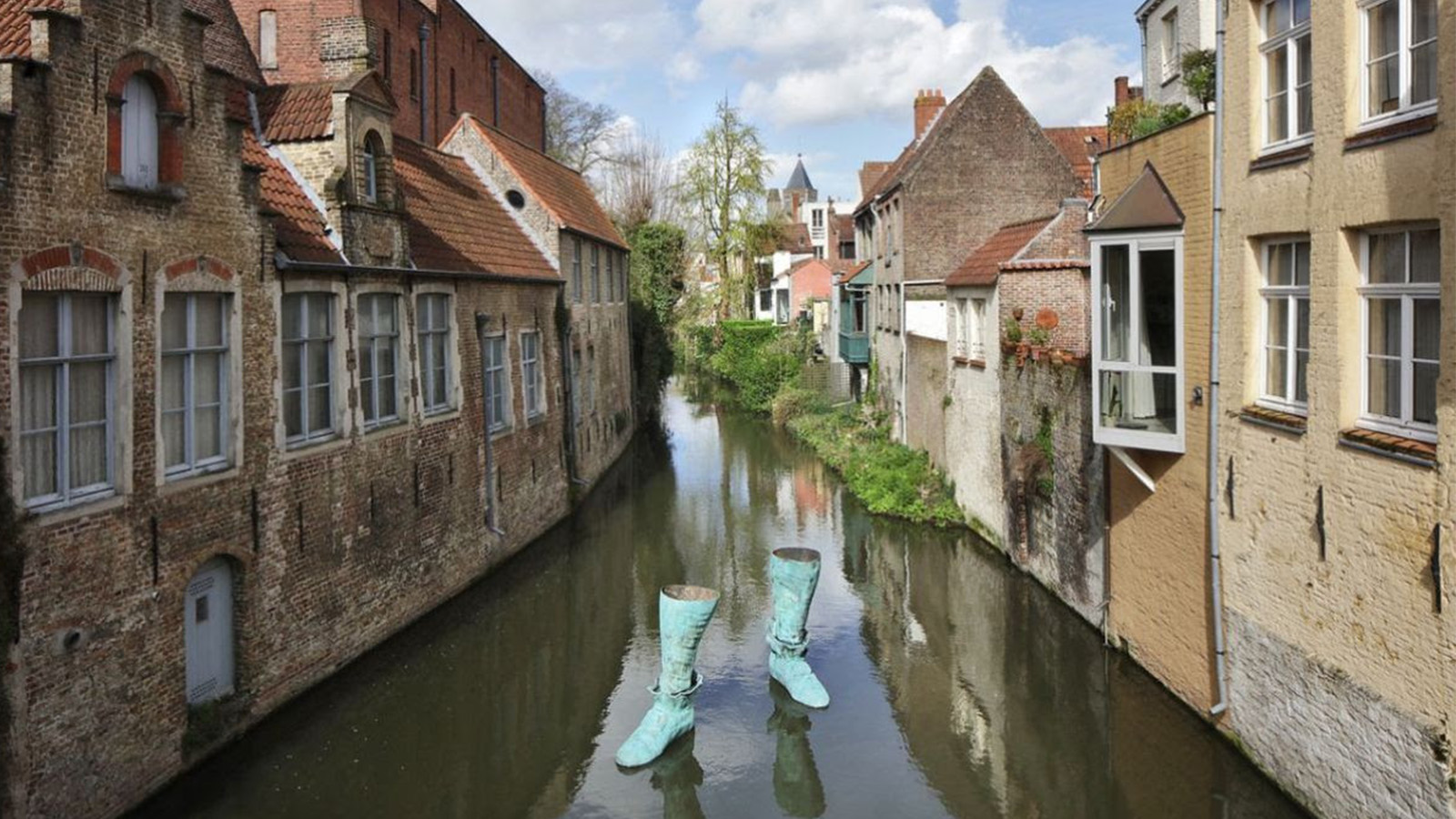 Bruges Triennial 2024 takes over the city with contemporary art and architecture
Bruges Triennial 2024 takes over the city with contemporary art and architectureBruges Triennial 2024, themed 'Spaces of Possibility', considers sustainability and liveability within cities, looking towards a greener future
By Ellie Stathaki
-
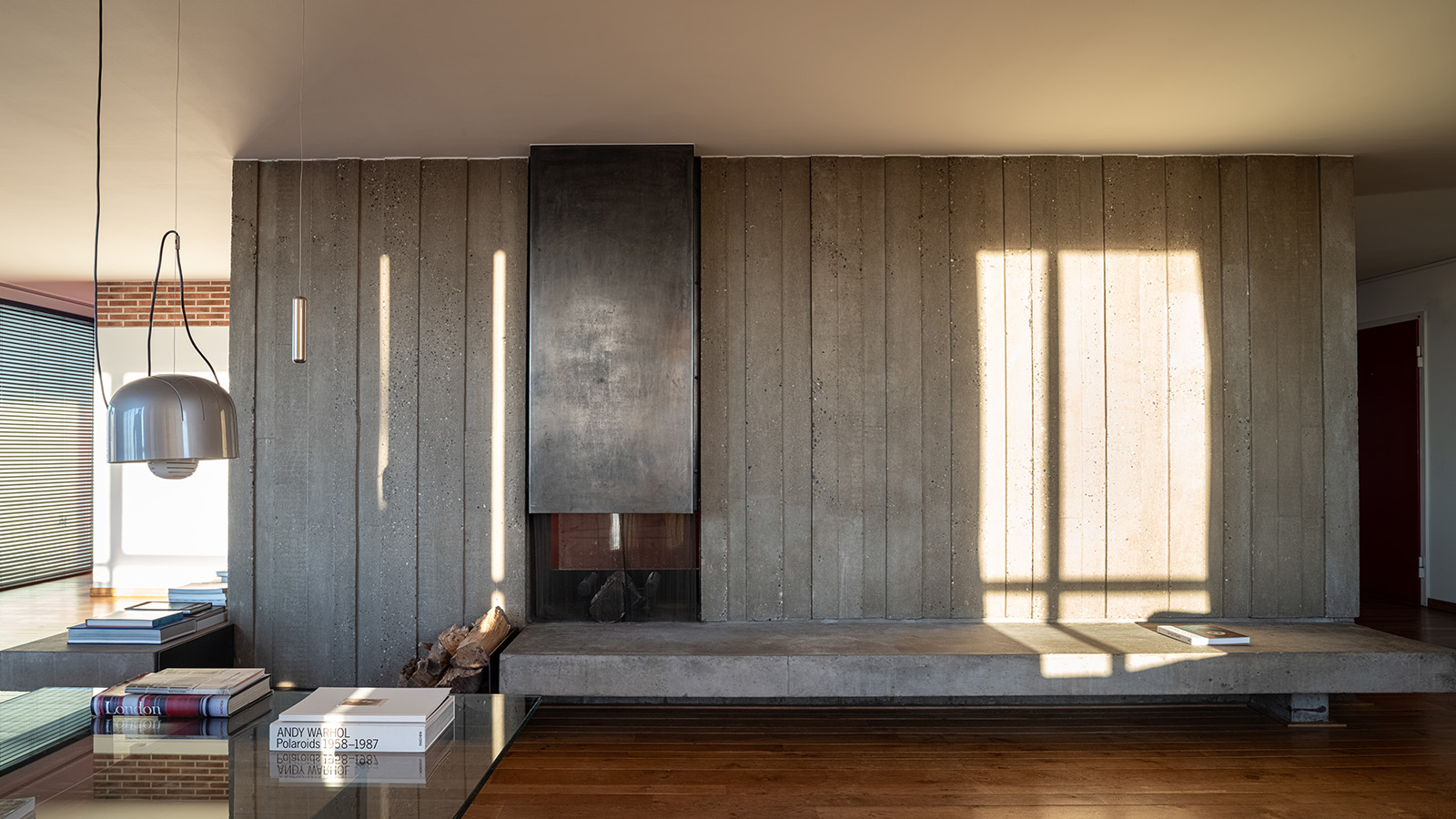 ‘Interior sculptor’ Christophe Gevers’ oeuvre is celebrated in new book
‘Interior sculptor’ Christophe Gevers’ oeuvre is celebrated in new book‘Christophe Gevers’ is a sleek monograph dedicated to the Belgian's life work as an interior architect, designer, sculptor and inventor, with unseen photography by Jean-Pierre Gabriel
By Tianna Williams